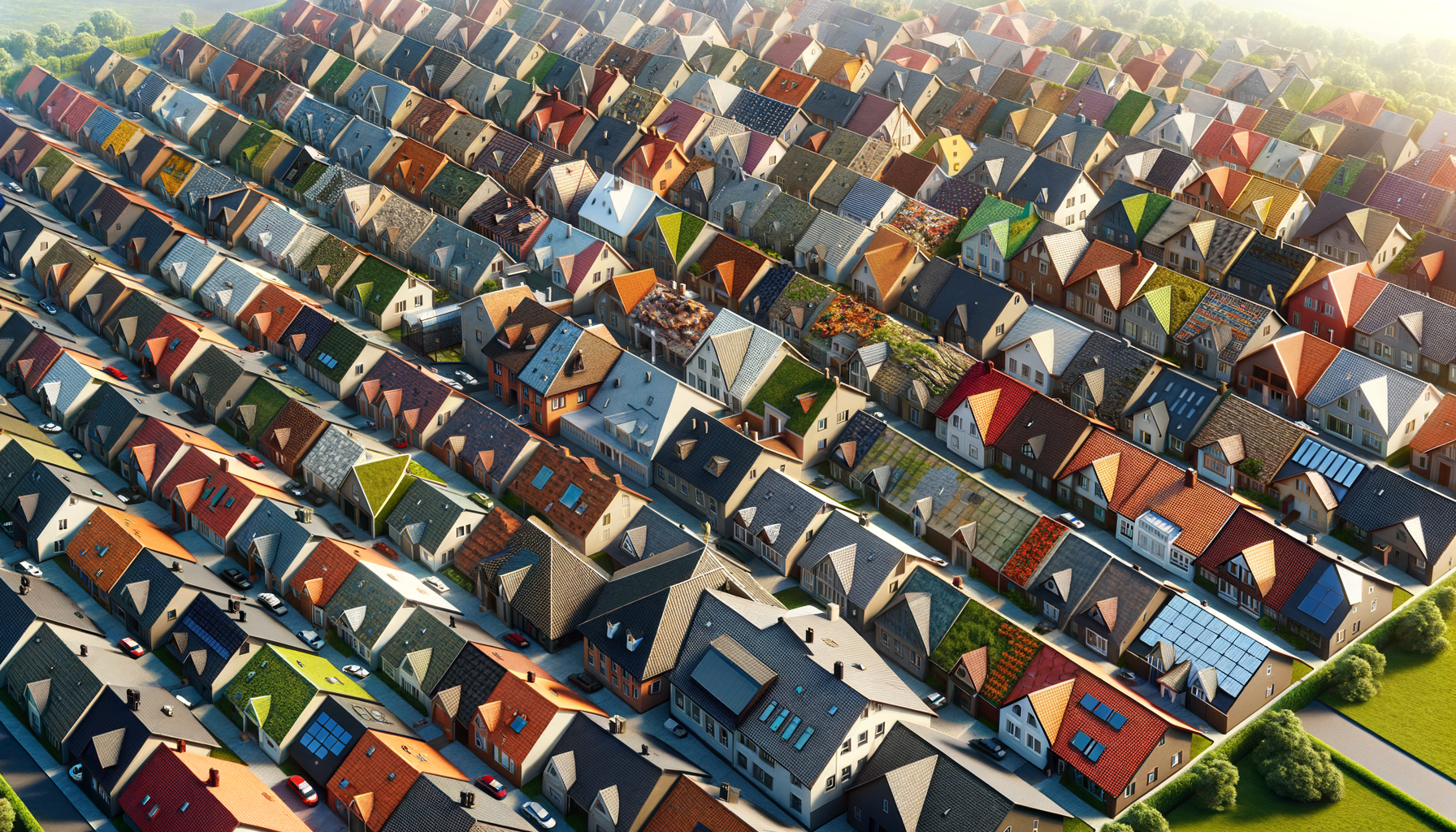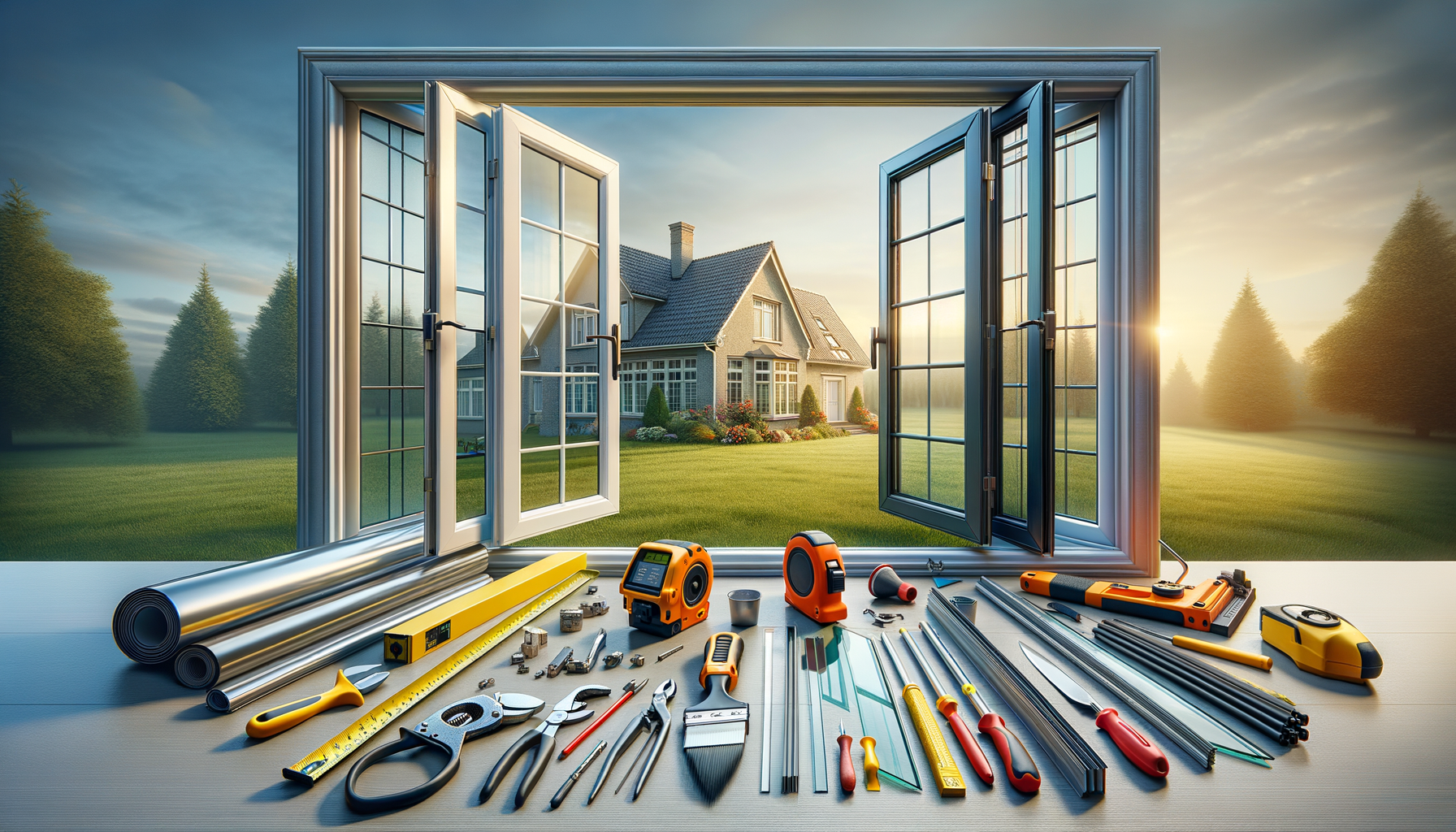Understanding the Importance of Roofing Solutions
Roofing solutions are a critical aspect of home construction and maintenance, serving as the primary shield against environmental elements. The roof is not only a protective barrier but also a significant aesthetic component that contributes to the overall look and value of a property. A well-chosen roofing solution ensures durability, energy efficiency, and comfort, making it an essential investment for homeowners. With the climate’s unpredictability, having a robust roof can prevent costly repairs and provide peace of mind. This section delves into why selecting the right roofing solution is vital for every homeowner.
Types of Roofing Materials
Roofing materials come in various types, each offering unique benefits and characteristics. The choice of material significantly impacts the roof’s performance, longevity, and appearance. Here are some of the most common roofing materials:
- Asphalt Shingles: Known for their affordability and ease of installation, asphalt shingles are a popular choice among homeowners. They offer decent durability and come in a variety of colors and styles.
- Metal Roofing: Metal roofs are renowned for their longevity and resistance to extreme weather conditions. They are energy-efficient, reflecting sunlight and reducing cooling costs.
- Clay and Concrete Tiles: These materials are highly durable and offer a distinctive, elegant appearance. They are particularly suitable for hot climates due to their excellent heat resistance.
- Slate: Slate is a premium roofing material known for its natural beauty and exceptional durability. It is fire-resistant and can last for over a century with proper maintenance.
- Wood Shingles and Shakes: Offering a rustic charm, wood shingles and shakes are environmentally friendly and provide good insulation. However, they require regular maintenance to prevent decay.
Choosing the right material involves considering factors such as climate, budget, and architectural style, ensuring that the roof meets both functional and aesthetic needs.
Energy Efficiency and Environmental Impact
In recent years, the focus on energy efficiency and sustainability has influenced roofing choices. Energy-efficient roofs help reduce energy consumption by maintaining indoor temperatures, thus lowering heating and cooling costs. Here are a few energy-efficient roofing options:
- Cool Roofs: These roofs are designed to reflect more sunlight and absorb less heat compared to standard roofs. They are often made of reflective materials or coatings that reduce the roof surface temperature.
- Green Roofs: Also known as living roofs, these incorporate vegetation layers over waterproof membranes. They provide excellent insulation, reduce urban heat, and improve air quality.
- Solar Roofs: Integrated with solar panels, these roofs generate electricity, offering a renewable energy source and reducing reliance on fossil fuels.
Choosing an eco-friendly roofing solution not only benefits the environment but can also lead to significant cost savings in the long run. Homeowners are increasingly opting for sustainable roofing options to contribute to a greener future.
Maintenance and Longevity
The longevity of a roof largely depends on the material used and the maintenance it receives. Regular maintenance is crucial to prolonging the life of any roofing system. Here are some maintenance tips to consider:
- Regular Inspections: Conducting periodic inspections helps identify potential issues before they escalate into major problems. Look for signs of damage, such as missing shingles, leaks, or mold growth.
- Cleaning Gutters: Clogged gutters can lead to water damage and roof leaks. Regularly cleaning gutters ensures proper water drainage.
- Trimming Overhanging Branches: Overhanging branches can damage the roof during storms and provide a pathway for pests. Keeping trees trimmed prevents unnecessary damage.
- Addressing Repairs Promptly: Timely repairs prevent minor issues from becoming costly repairs, extending the roof’s lifespan.
By investing in regular maintenance, homeowners can ensure their roofing systems remain in optimal condition, providing long-term protection and value.
Cost Considerations and Budgeting
Budgeting for a new roof or roof repairs is a significant consideration for homeowners. The cost of a roofing project can vary widely based on factors such as material choice, roof size, and complexity of the installation. Here are some cost-related considerations:
- Material Costs: Different materials have varying price points, with asphalt shingles being more affordable and slate being a premium option. It’s essential to weigh the initial costs against the long-term benefits.
- Labor Costs: Installation complexity and the local labor market can influence the overall cost. It’s advisable to obtain multiple quotes from reputable contractors to ensure competitive pricing.
- Warranty and Insurance: Investing in quality materials and professional installation can provide warranties that protect against defects and damage. Additionally, checking insurance coverage for roofing-related incidents can prevent unexpected expenses.
Careful planning and budgeting enable homeowners to make informed decisions, ensuring they choose a roofing solution that meets their needs and financial constraints.


Leave a Reply